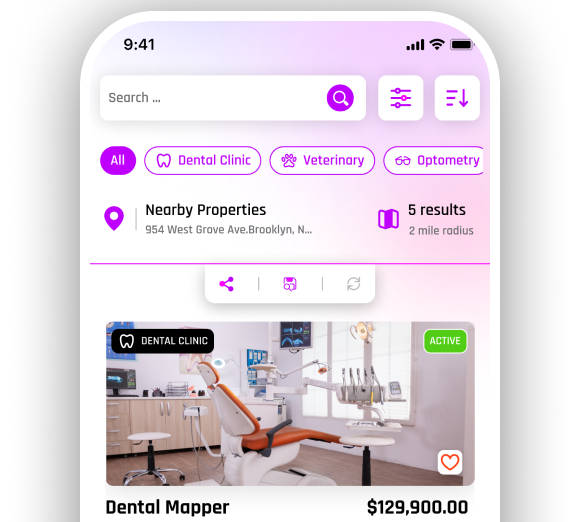The Future is Here: How Technological Advancements are Revolutionizing the Dental Industry

Rapid technological improvements are seismically changing the dental profession, changing everything from patient care to office management. Keeping up with these developments is advantageous for dentists and other healthcare innovators and essential to their long-term success. This blog discusses how new technologies are changing the dental industry and why it's a great time to buy a dental practice if the owner wants to sell.
The Rise of Digital Dentistry
What is Digital Dentistry?
Digital dentistry includes a wide range of technologies that improve the provision of dental treatment. Digital radiography, intraoral cameras, 3D printing, computer-aided design and manufacturing (CAD/CAM), and electronic health records (EHRs) are a few. Improved patient outcomes, tailored treatment regimens, and more precise diagnoses are made possible by integrating these technologies.
Technological Innovations Transforming Dental Practices
Artificial Intelligence (AI) and Machine Learning
AI and machine learning are revolutionizing diagnostics and treatment planning. Tools like AI-powered imaging systems can accurately detect dental issues, enabling early intervention and better patient outcomes.
3D Printing
3D printing is becoming increasingly common in dentistry labs and offices. It makes it possible to quickly produce personalized dental products like dentures, crowns, and bridges. This technology provides practitioners and patients with affordable solutions while expediting fabrication.
Teledentistry
Teledentistry has become increasingly popular, particularly after the COVID-19 pandemic. It makes follow-ups, consultations, and even certain diagnostic procedures possible at a distance. This technology makes dental care more accessible, especially in underserved areas, and gives patients with mobility problems a convenient option.
Laser Dentistry
Laser technology is improving several dental operations, such as gum surgery, teeth whitening, and cavity identification. Lasers offer precision, less discomfort, and faster healing than conventional techniques. Adding laser technology to a dental clinic can improve the quality of care provided.
Augmented Reality (AR) and Virtual Reality (VR)
AR and VR are finding applications in dental education and training. These technologies provide immersive learning experiences, helping dental professionals refine their skills in a controlled environment. Additionally, AR can assist during procedures by overlaying digital information onto the physical world, guiding dentists in real time.
The Impact of Technological Advancements on Dental Practice Sales
Increased Practice Value
Prospective patients find a dentist's office with the latest technology more appealing. Digital processes and state-of-the-art equipment indicate a contemporary, effective practice that can provide high-quality care. Having state-of-the-art equipment can greatly increase a dental business's market value.
Competitive Advantage
Incorporating advanced technologies sets a dental practice apart from competitors. Patients increasingly seek providers who offer state-of-the-art care, and a tech-savvy practice can attract and retain a larger patient base. For prospective buyers, this competitive edge is a compelling reason to invest.
Operational Efficiency
Technological advancements streamline operations, reducing overhead costs and increasing profitability. For example, digital records eliminate the need for physical storage, and AI-driven scheduling optimizes appointment management. Buyers are likelier to invest in a practice that demonstrates operational efficiency and cost-effectiveness.
How to Evaluate a Tech-Forward Dental Practice for Sale by the Owner
Assess the Technology Portfolio
When evaluating a dental practice for sale, examine the range and quality of the used technologies. Look for modern equipment like digital X-rays, CAD/CAM systems, and 3D printers. Ensure that the practice is keeping pace with industry standards and trends.
Evaluate Staff Training and Adoption
Successful technology implementation depends on staff competency. Ensure that the dental team is well-trained and comfortable using advanced tools. A practice with a well-trained staff will facilitate a smoother transition and ongoing success.
Consider Patient Feedback
Testimonials and evaluations from patients can shed light on how effectively the device is being used. Positive comments about the patient's results and experience are a reliable sign of successfully incorporated technology.
Analyze Financial Performance
Examine the financial documents to comprehend how technology affects income and costs. A practice that has made technological investments ought to show increased growth and profitability. Examine data such as patient volume, procedure efficiency, and total revenue to calculate the return on investment.
Sign Up with Practice Finder today!
Sign Up with Practice Finder and mitigate your search for ‘dental practice for sale by the owner’.

